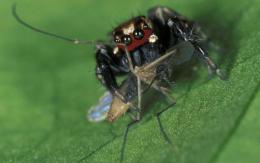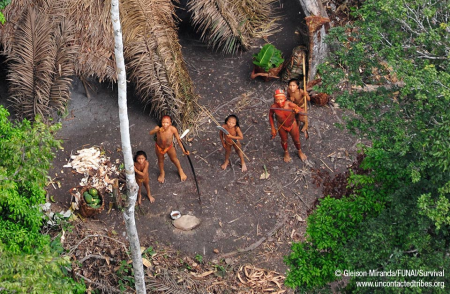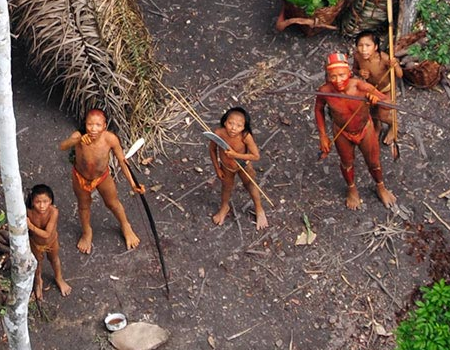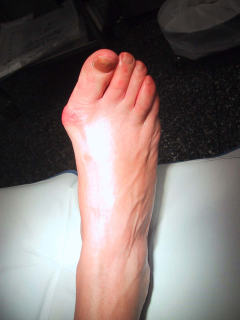Larry Black died this week of cancer. He was the director of the Columbus Metropolitan Library when I sued them. You can see the story about his death here in The Columbus Dispatch. He retired shortly after I lost my lawsuit.
What I find frustrating are statements like these in the article:
But it was his passion for customer service that might be his bigger legacy, say those who knew him.
“I think he always wanted people to feel welcomed,” she said. “The library was always about accessibility and how everyone should have access to it. He was known nationally for that.”
“He was one of the first library directors in the country to refer to library users as customers instead of patrons,” Losinski recalled. “It might not seem like a big thing, but it was huge in terms of developing the service philosophy of this library and the culture of commitment to customer service.”
I will not speak ill of the dead. However, I will let him speak for himself. From a letter he sent me on March 12, 2001:
You have been made aware that we require our customers to wear shoes while using the Columbus Metropolitan Library facilities. Also, you have been provided a legal opinion from the County Prosecutor’s Office stating that the Library has the legal authority to make and enforce such a rule. We hope, in the future, you will be able to conform to this requirement.
We will not respond to further correspondence on this matter.
(Emphasis added.)
It is unfortunate that he was not able to realize that allowing barefoot patrons would enhance customer service and accessibility. I hope that in retirement he was able to rise above societal expectations and get joy from doing things that other folks might consider peculiar even if all they did was merely satisfy him. For that is what life is about.







